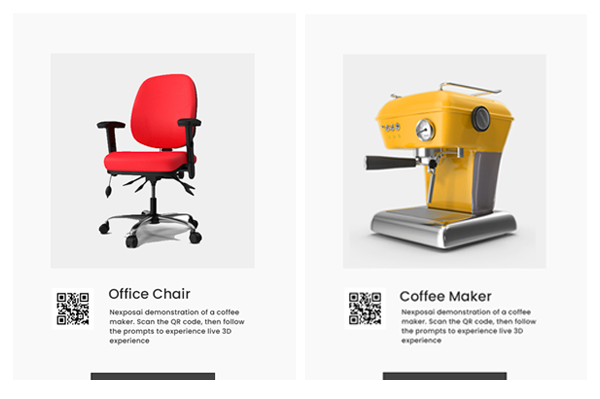Revolutionizing B2B Sales: The Power of Virtual Reality in Customer Engagement
As technology continues to advance at an unprecedented pace, businesses are constantly seeking innovative ways to enhance their sales strategies and customer interactions. One such groundbreaking technology that has gained significant traction in recent years is virtual reality (VR). By immersing users in a simulated environment, VR has the potential to revolutionize the B2B sales landscape, offering unparalleled opportunities for customer engagement and boosting sales performance.
1. Creating Immersive Product Demonstrations
Traditional product demonstrations can often be limited by physical constraints, making it challenging for businesses to showcase the full potential of their offerings. However, with virtual reality, B2B companies can transport their clients into a virtual world where they can interact with products in a realistic and immersive manner. Whether it’s showcasing complex machinery, architectural designs, or software interfaces, VR enables potential customers to experience the product firsthand, leading to a deeper understanding and appreciation of its features and benefits.
2. Streamlining the Sales Process
Virtual reality can significantly streamline the B2B sales process by eliminating geographical barriers and reducing the need for physical meetings. With VR, sales representatives can conduct virtual meetings with clients from anywhere in the world, saving time and resources. Additionally, VR can facilitate collaborative decision-making by allowing multiple stakeholders to participate in virtual meetings simultaneously, enhancing communication and expediting the sales cycle.
3. Enhancing Customer Engagement and Personalization
One of the key challenges in B2B sales is capturing and maintaining customer attention. Virtual reality offers a unique and captivating experience that can captivate potential clients, making them more receptive to your message. By tailoring VR experiences to individual customer needs and preferences, businesses can create personalized interactions that leave a lasting impression. Whether it’s customizing virtual environments or incorporating specific product features, VR enables businesses to engage customers on a deeper level, fostering stronger relationships and increasing the likelihood of conversion.
4. Augmenting Trade Shows and Events
Trade shows and industry events are crucial for B2B companies to showcase their products and connect with potential customers. However, standing out in a crowded exhibition hall can be challenging. Virtual reality can provide a competitive edge by offering an immersive and memorable experience to event attendees. By setting up VR stations at trade shows, businesses can attract visitors, generate buzz, and create a lasting impression. Whether it’s through interactive product demos, virtual tours, or gamified experiences, VR can help businesses make a lasting impact and stand out from the competition.
5. Measuring and Analyzing Customer Behavior
Understanding customer behavior and preferences is essential for effective sales strategies. Virtual reality provides businesses with valuable insights into customer engagement and interaction. By tracking user movements, interactions, and preferences within a virtual environment, businesses can gather data that can be used to refine their sales approach. This data-driven approach enables businesses to make informed decisions, optimize their sales strategies, and deliver personalized experiences that resonate with their target audience.
In conclusion, virtual reality has the potential to transform B2B sales by revolutionizing customer engagement and driving sales performance. By leveraging VR technology, businesses can create immersive product demonstrations, streamline the sales process, enhance customer engagement, augment trade shows and events, and gain valuable insights into customer behavior. As VR continues to evolve and become more accessible, B2B companies that embrace this technology will gain a competitive advantage, elevate their sales strategies, and forge stronger connections with their customers.





